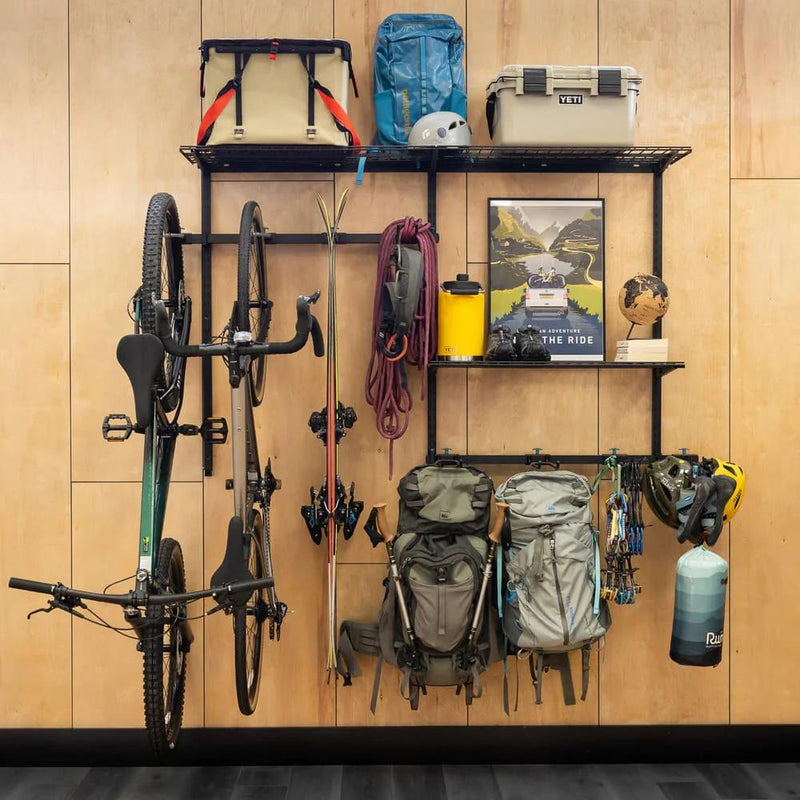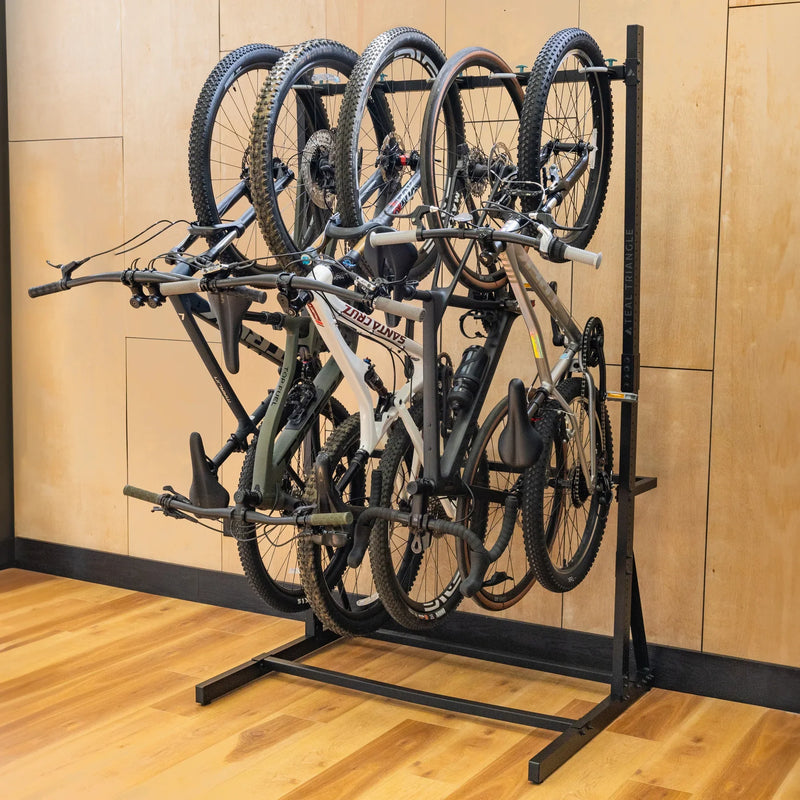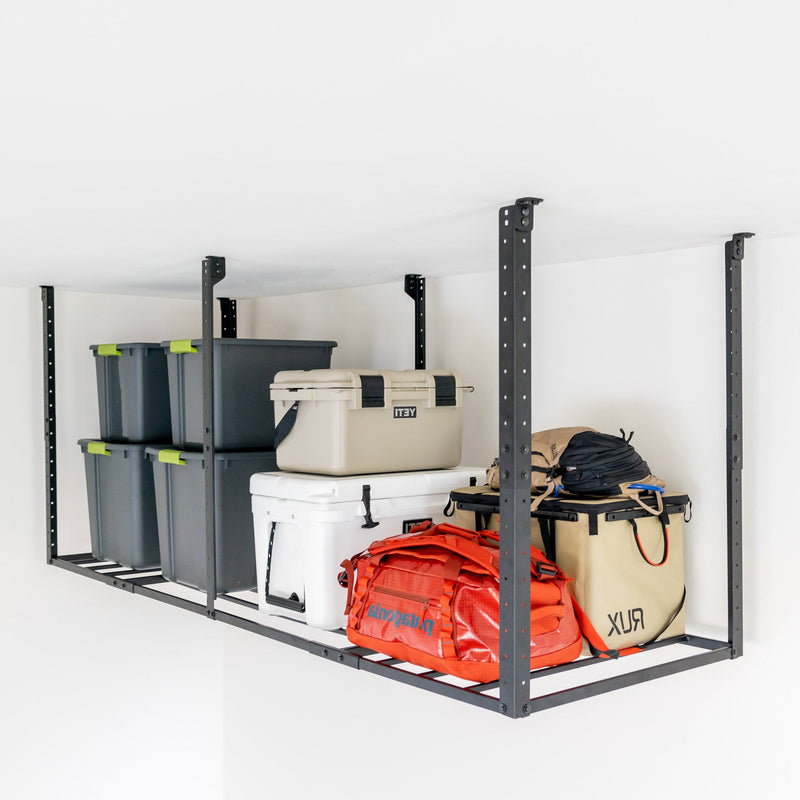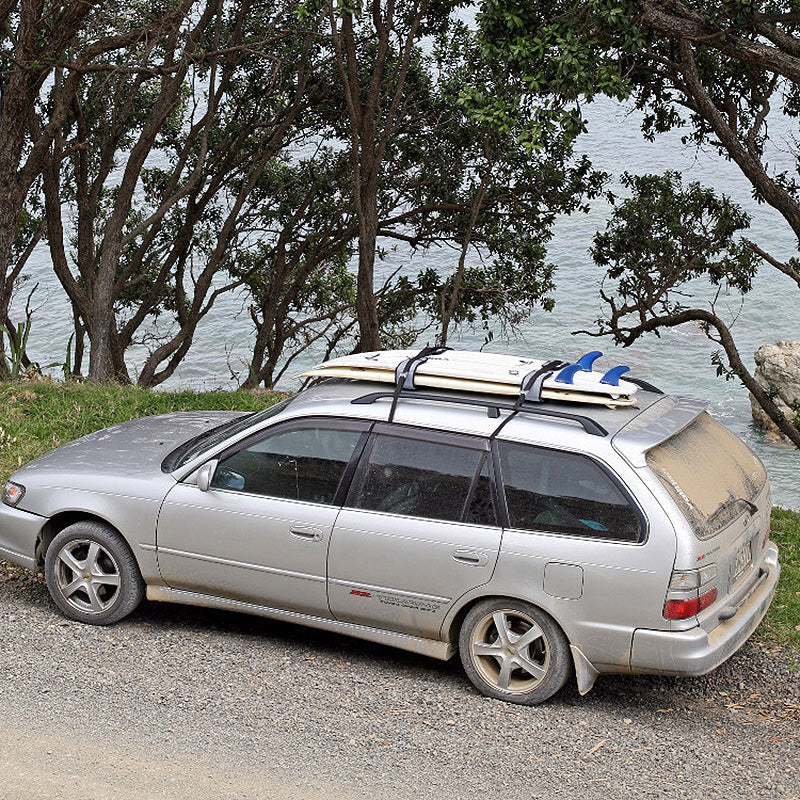Skateboarding parks have been popular since the 1960’s and 1970’s, though they haven’t always been acceptable in mainstream society. Originally built by boarders themselves beginning in the 1970’s, these parks contain bowls, pipes, and other obstacles for riders. Soon, local towns and businessmen began building such parks as they saw their popularity rise. However, by the end of the 1970s, most of these early skate parks were forced to close, as skateboarding became increasingly controversial and injuries sparked a fear of lawsuits.
In part because skateboarding has been considered a counterculture sport, and also because skateboarding in fact can be dangerous, local laws exist in nearly every community to control skateboarding and limit where skateboarders can practice their skills. Skateboarding parks provide skateboarders a place to practice their skills amongst like-minded people who will not get angry at them for boarding in inappropriate locations such as parking lots or in front of stores.
Many popular skateboarding tricks can only be done with the aid of a curb, flight of stairs, or a railing. However, these of course are usually in use for other purposes by pedestrians, shoppers, and others. In fact, many local ordinances have resulted in signs in front of local business, prohibited skateboards, skates, and bicycles. Boarders using public areas like parking lots to practice are sometimes labeled loiterers, even though they may not have a suitable practice area, such as a skate park. Plus, skate wax applied to skateboards to make them slide easily can leave behind a residue, and the act of skateboarding may damage some surfaces, whereas in skate parks, skate wax residue is not a problem, and the obstacles are specially designed to hold up to frequent use by skateboarders, using materials such as high-density cement that will not chip.
Building such items in a skate park alleviates the need for skateboarders to use such items in other locations. By allowing a designated area full of stairs, railings, bowls, and other areas, cities can keep skateboarders from using public areas for their tricks. Today, skate parks are regaining their former popularity. This resurgence is also helped by pro skateboarders and large skateboard companies who are transforming the image of the skateboarder, from a loiterer to a serious athlete.
Skateboard parks allow skateboarders a safe, designated place to skate. Many towns have begun building such parks as a way to reach out to youth culture. These parks also provide a way for skateboarders to congregate, learning new tricks from each other. Parks may be built by cities, sponsored by skateboard manufacturers or others in the industry, or built by local businesses. According to some estimates, today there around 500 skateboarding parks throughout the United States, and most were built within the last decade or so.
Today, the fixtures of skateboard parks are fairly well defined. In most parks, you’ll find a bowl, railings, steps, and curbs. These are used in nearly every skateboard trick. Skateboard parks of the future may incorporate new designs, not based on items found in real-life situations like parking lots or buildings, as the world of skateboarding tricks evolves.
Shop our skateboard collection for storage that shows off your boards.








